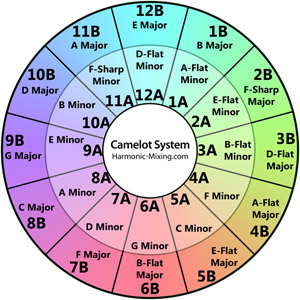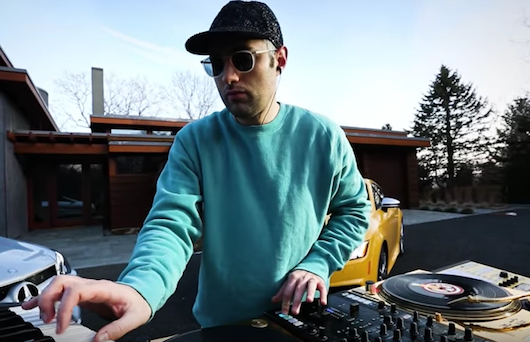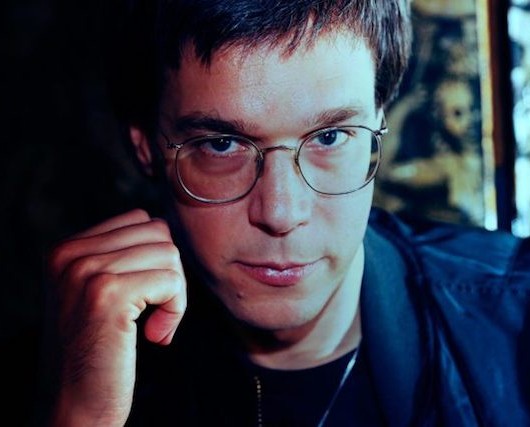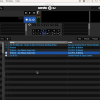Making Beautiful Music Together

Pete Tong does it. So do Dubfire and David Guetta, but not together. Kaskade does it every day, and Above & Beyond does it on the road.
They all do … harmonic mixing. Personally, I’d say that the ability to mix songs harmonically is the difference between an average DJ and a great one. It’s the bomb.
cause a scene
Popular since the 1980s, harmonic mixing is the technique of blending songs that are written in compatible (or harmonic) keys. In order to do that, you have to identify the keys of each song that you want to mix. With that knowledge in hand, DJs can transition smoothly from one song to another. Except when they don’t want to. Dissonance can be an extraordinary tool in your DJ toolbox, too. If you’ve got some solid confidence and experience, go ahead and break the rules. Doing it at the right time, like when you want to dramatically shift the energy in a room, is key. But, I digress.
Mixing a playlist harmonically means that you have to know every key of every song. Your playlists are probably huge, right? That might take a while.
the better way
You can do what I did and study music theory for a really long time. Trust me when I tell you that I memorized all the sharps and flats of every key as well as the ins and outs of counterpoint, harmony and rhythm. I can pull a Kygo and sit at my piano and pick out a song’s key in no time at all. But, let’s get real. There’s an easier way to do it.
If you’ve been listening to music critically for enough time, like most DJs have, you’ve probably developed a keen ear. You’ll recognize the key within a few short bars. But, that way, too, can take years to develop. So, I’ve got another method for you. I’m always interested in the ways in which technology can help make life easier. If it’s there, why not use it?
In 1991, Mark Davis of Camelot Sound was wondering how to make harmonic mixing easier for everyone. In 2006, Yakov Vorobyev came up with Mixed In Key. With Davis’ wheel and Vorobyev’s idea, a longstanding problem was solved.
Compatible with every other DJ software program on the market, MIK identifies the key of every song in your collection. How’s that for time saving? The software comes with a whole load of features – like the built-in audio player that lets you listen to and preview your tracks in the audio window, a piano keyboard, better support for ID3 tagging, analyses that can be displayed in Rekordbox and every other DJ software program. At the time of writing, Mixed In Key is out with version 7.0 and retails for $58.
in the round
The coolest part of the software is the Camelot Wheel.

All the keys are grouped according to compatibility. Each key is assigned a code (3B corresponds to D-Flat Major).
Here’s how it works:
• First, give each song a key code. This is where the MIK software really struts its stuff because it will do all of this for you.
• Second, check to see which songs are compatible with each other. Look for the three keys that lie next to your song’s key. So, if Lady Gaga’s “Bad Romance” is in A Minor (which it is), then Adele’s “Set Fire To The Rain” in D Minor will make a great transition. But so will Tiësto’s “Secrets” (E Minor) and Rihanna and Mikky Ekko’s “Stay” (C Major).
Got it?
Technology can’t solve all your problems (if only, right?). But, I find that software like Mixed In Key frees up my creativity. If I don’t have to spend time doing drudge work, then I can really come up with inspired mixes that make DJing more fun.
How do you mix the songs on your playlists?
You can find out more about Mixed In Key here.









